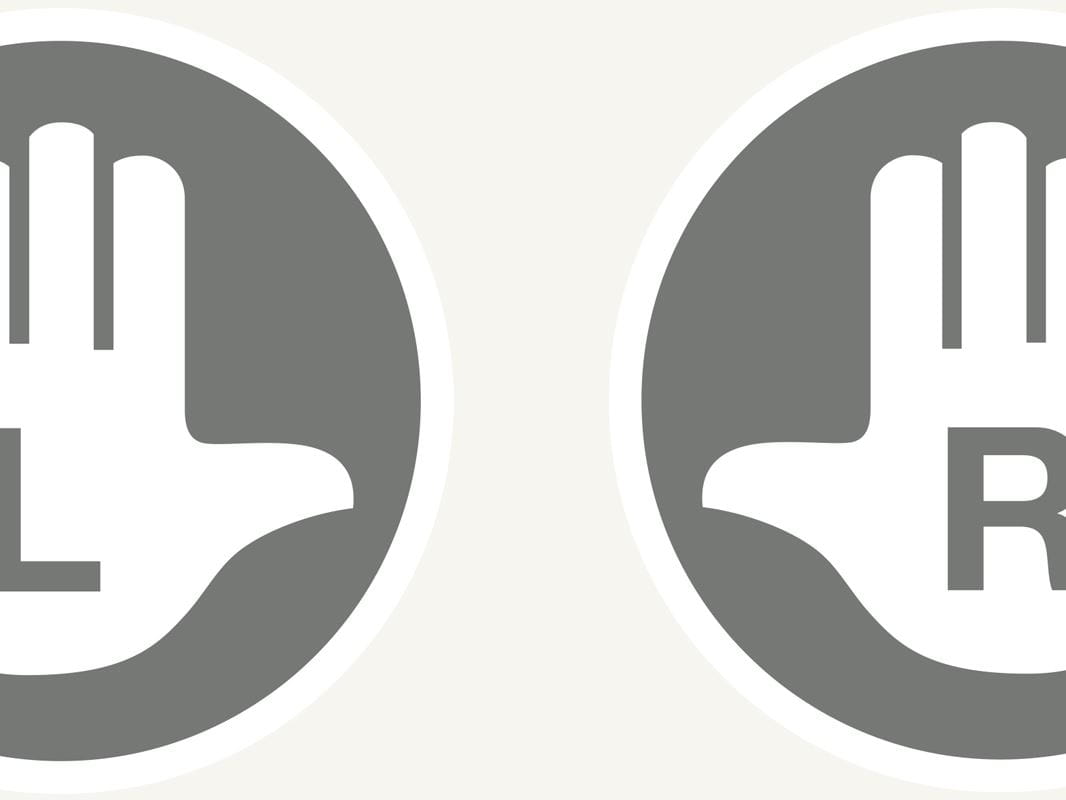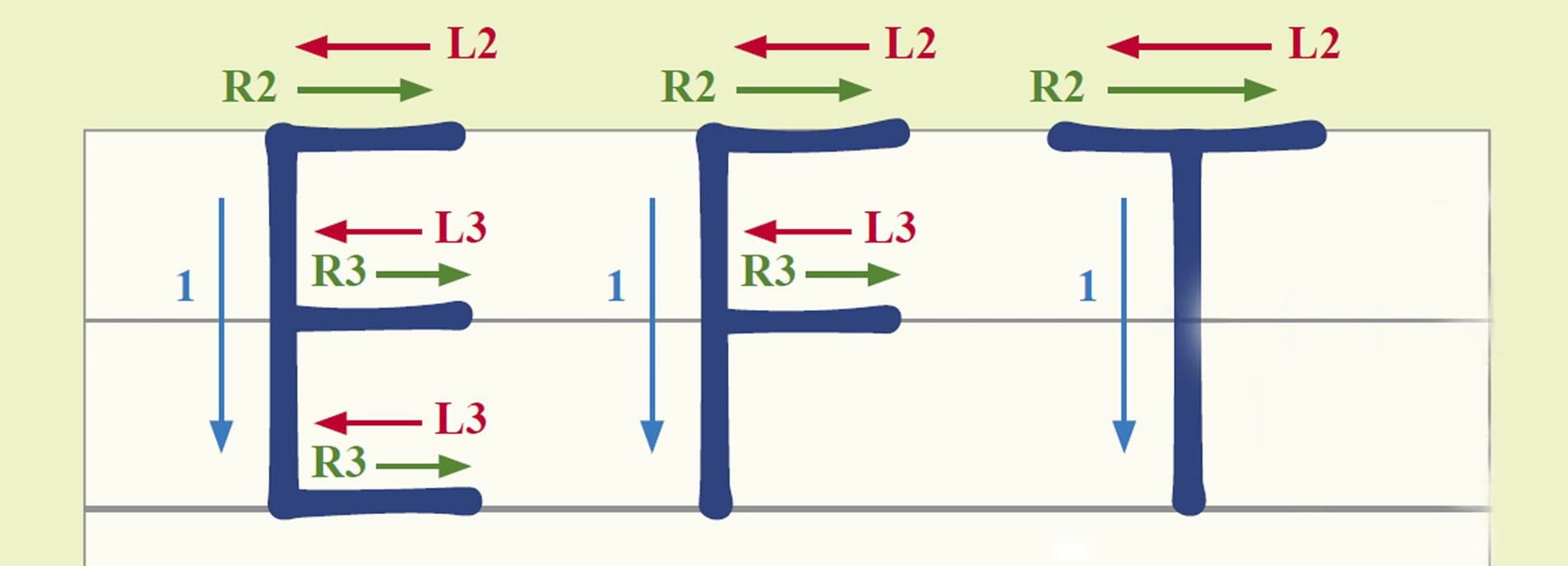Which hand is used must be independent of all cultural and regional background, and a child should not be re-educated to use a different hand! Instruments which are suitable for both right- and left-handers perfectly accompany the highly complex, neurophysiological process of laterality: Jumbo Grip colour and graphite pencils as well as the twist pencil from Faber-Castell. A child of four or five years should already be showing a clear preference for a particular hand. If this is not the case, the situation should certainly have been clarified by the time the child starts school.
Parents and specialists, such as an ergotherapist, mototherapist or school psychologist, should be brought together to help determine which hand a child prefers if a child is having difficulty deciding. During diagnosis, experts should remember that recent research has revealed that a child will not necessarily prefer the hand on the same side as the stronger foot, eye and hearing ability.
To make a correct diagnosis, the main focus should be on activities which are usually only carried out with one hand and which are not determined by rules: cleaning teeth, throwing a dice, taking marbles out of a tall container and then putting them back into the jar, threading beads onto a thread which has been secured in a vertical position. Activities which have specific rules attached to them, such as holding cutlery, are not suitable for any form of reliable diagnosis.

Specific strengthening and loosening up exercises are of particular importance for left-handed children. Our writing and the way it flows are tailored to the movement patterns of right-handed children. Left-handers often have to push instead of pull while writing. Arches, arcades and circles often have to be drawn against a child’s own intuitive choice of direction.
This requires a different amount of muscle power than for right-handed writing and can be compensated for with ergonomic writing instruments, such as the twist pencil and the school fountain pen from Faber-Castell designed specifically for either left-handers or right-handers. Some writing directions can be adapted for left-handers.
For children starting school, writing is literally drawing with total concentration. The quality ofwriting with either the left or right hand is not a meaningful criterion when it comes to determining which hand a child prefers. Left-handed children often try to start to read or write at the top right hand corner of a page. Twisted and distorted letters or even entire words are also typical of left-handed children. However, right-handed children also distort letters and words when they are learning to write.




